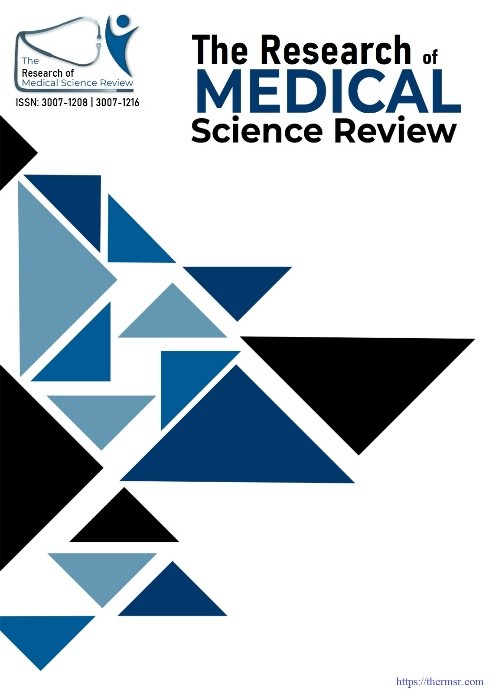ASSOCIATION BETWEEN URINARY TRACT INFECTIONS AND DIABETES MELLITUS IN PATIENTS VISITING A TERTIARY CARE HOSPITAL
Main Article Content
Abstract
OBJECTIVE: To determine the association between urinary tract infections and diabetes mellitus in patients visiting a tertiary care hospital. METHODOLOGY: This observational case-control study was conducted at Dr. Ziauddin Hospital to investigate the association between urinary tract infections (UTIs) and diabetes mellitus. A sample of 282 participants (consisting of 141 individuals diagnosed with diabetes and 141 who were not) aged between 20 and 65 years was selected through a non-probability consecutive sampling technique. Stringent exclusion criteria were implemented. Clinical symptoms and laboratory tests validated UTI diagnoses, whereas the UTISA questionnaire was utilized to assess the severity of the symptoms. Data were collected using standardized instruments and analyzed using SPSS version 26. Descriptive statistics, Chi-square tests, and odds ratios with 95% confidence intervals were utilized to determine the association between diabetes and UTIs. RESULTS: The investigation encompassed a total of 282 subjects, exhibiting a mean age of 55.67 ± 7.52 years within the diabetic cohort and 52.66 ± 10.66 years within the non-diabetic cohort. A predominant proportion of participants were female, constituting 69.5% of the diabetic population and 72.3% of the non-diabetic population. The incidence of urinary tract infections (UTIs) was significantly elevated among individuals with diabetes (37.6%) in comparison to those without diabetes (25.5%), yielding an odds ratio of 1.757 (p = 0.029), thereby signifying a statistically significant correlation. Escherichia coli emerged as the most prevalent uropathogen in both cohorts (60.4% in diabetics, 66.7% in non-diabetics), succeeded by Klebsiella (24.5% vs. 13.9%) and Enterococcus species (9.4% vs. 8.3%). The findings suggest an extended array of uropathogens present in diabetic patients. CONCLUSION: This investigation revealed a statistically significant association between diabetes mellitus and an elevated risk of urinary tract infections. Patients with diabetes not only demonstrated a higher incidence of UTIs but also displayed a more extensive variety of uropathogenic organisms. Escherichia coli persisted as the predominant pathogen; however, Klebsiella and Enterococcus species were observed with greater frequency in diabetic individuals. These observations underscore the necessity for meticulous screening, strategic antibiotic administration, and enhanced glycemic regulation to mitigate the burden of UTIs within diabetic cohorts.
Downloads
Article Details
Section

This work is licensed under a Creative Commons Attribution-NonCommercial-NoDerivatives 4.0 International License.
